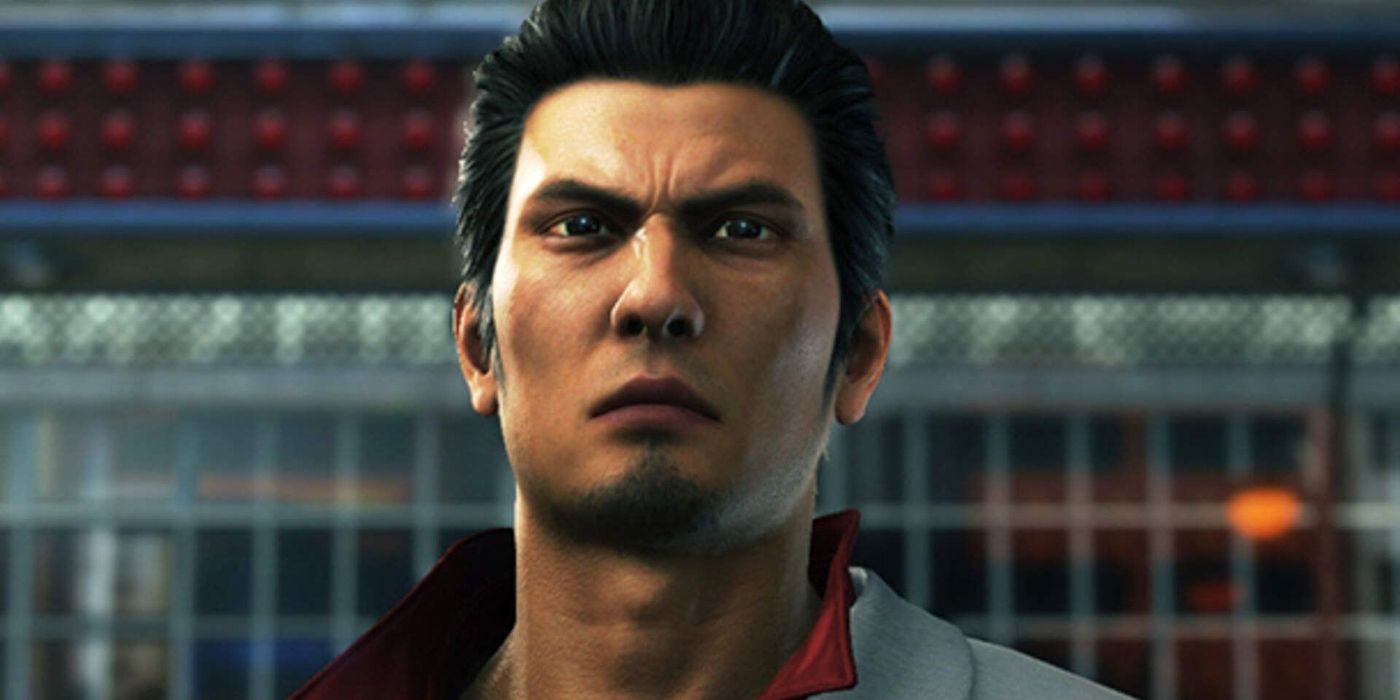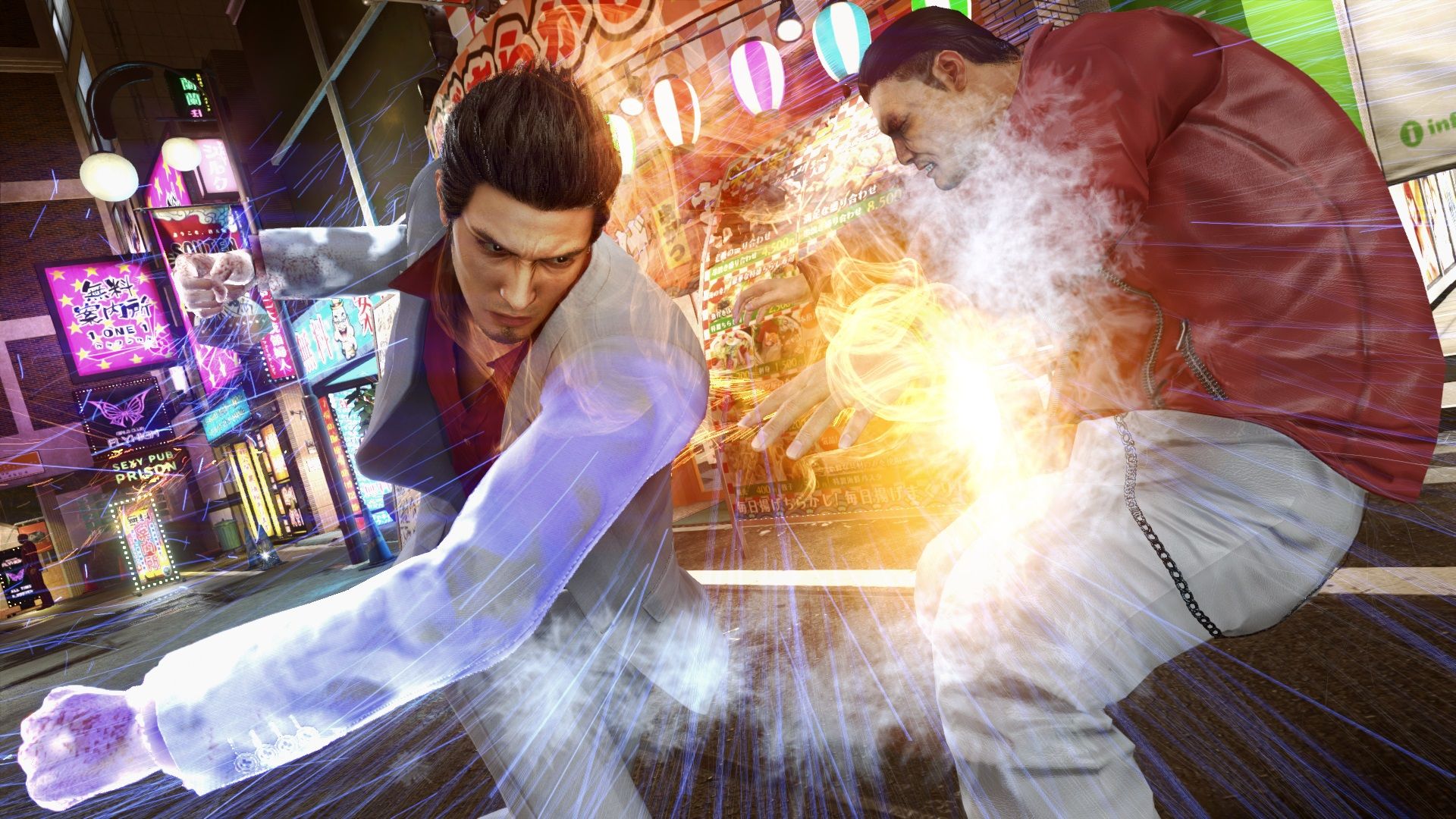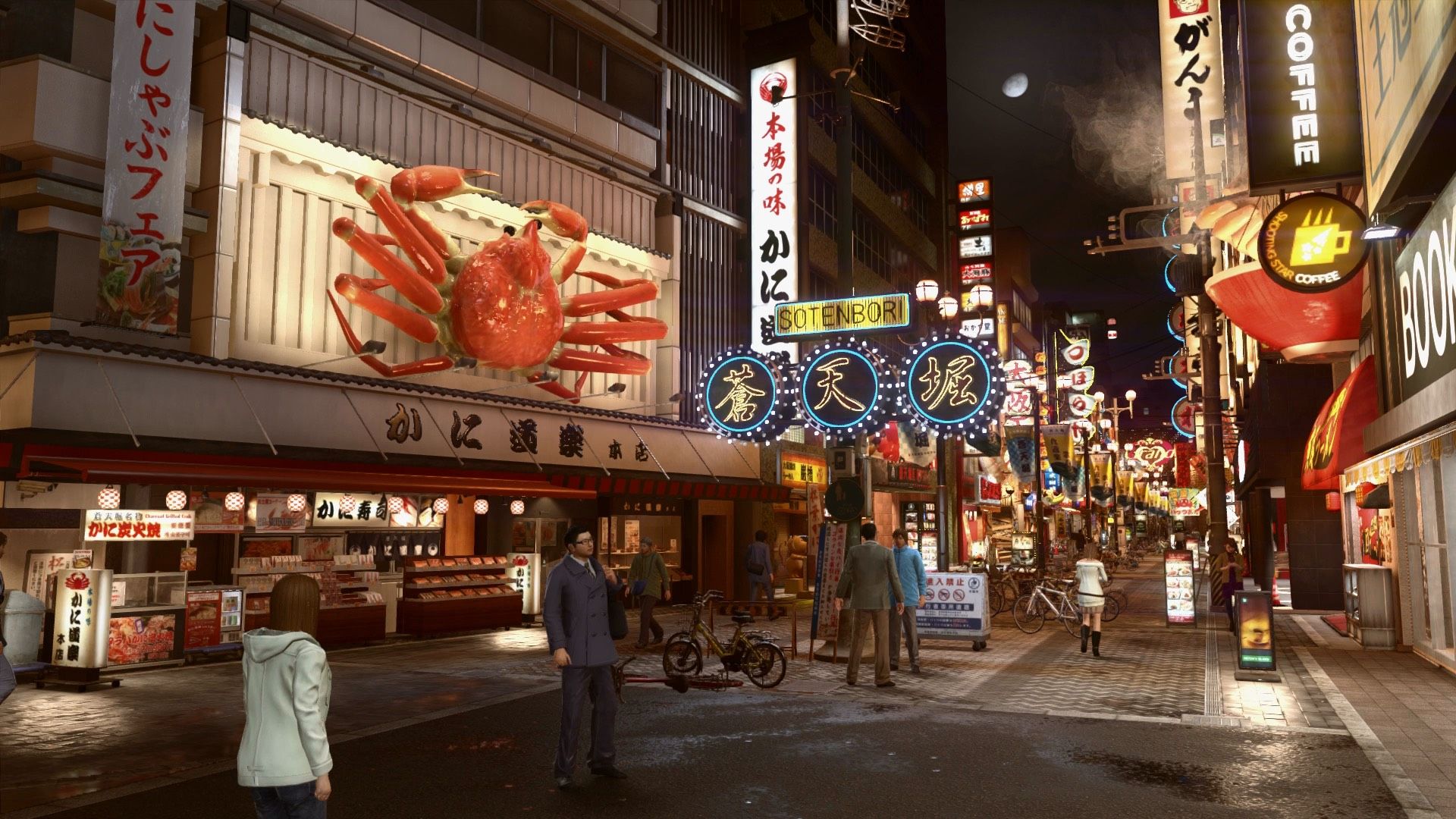Ever since 2018's Yakuza 6: The Song of Life, Ryu Ga Gotoku Studios has elected to use its Dragon Engine for the Like a Dragon series. The Dragon Engine was a technological advancement the likes of which the Like a Dragon series had not seen before. It boasted a graphical upgrade and an overhaul to the combat system, it made the combat physics-based instead of animation-based, and it removed loading screens for entering buildings -- among other improvements.
But with the upcoming release of Like a Dragon: Ishin, RGG Studios has made another shift in engines, as it will be using Unreal Engine. Executive producer Masayoshi Yokoyama expressed interest in switching the series over to Unreal Engine for the foreseeable future, citing that the Dragon Engine was "a bit old." With Ishin, it looks like RGG Studios is going back to the pre-Dragon Engine style of gameplay. Despite the technical improvements that the Dragon Engine brought, there is some merit in leaving it behind, as each leap forward came with its own step backward.
The biggest change the Dragon Engine brought to the series was the introduction of ragdolls. When an enemy or the player got knocked down, they went into a limp ragdoll state. Though it was funny the first couple of times, it could get quite infuriating. For one, Like a Dragon's signature Heat Actions were extremely context-based, and the unpredictability of the ragdolls could push or bounce them out of certain triggers or areas. The erratic nature of the Dragon Engine's ragdolls could also break the pacing of a fight, oftentimes launching an enemy across the arena -- interrupting the momentum of the fight.
Another thing about the ragdolls was that they had no consistency or allegiance. When an enemy was put into a ragdoll state, they bounced and flew all over the arena, and anyone who touched them in motion was either stunned or even knocked down. This included the player, so it was more than possible for a player to take down an enemy only for him to bounce off the wall and knock down the player. The series previously worked off animation-locked attacks, which in turn gave the player much more control of where they left the enemy and what they could do with them. Returning to an older, tighter combat style rather than the floaty Dragon Engine combat may ironically give Like a Dragon a breath of fresh air.
The Dragon Engine's graphical upgrades were mesmerizing, as its photorealism gave way to some brilliant-looking shots. But these graphics came at a cost as the uncanny valley effect began to set in. Scenes in the Dragon Engine were rendered with the character models, but due to the graphical fidelity and art style shift, the models had subdued facial animations. Many scenes that should have been dramatic or surprising ended up landing a little short with two blank-faced mannequins speaking to one another through text boxes. There was a lack of emotion and expression that came at the cost of the Dragon Engine's life-like imagery.
The Dragon Engine prided itself on no interior loading screens, but this too came at its own price. Like a Dragon had always been something of a "virtual tourism" game. The deep intricacies and detail that RGG Studios employed to make a convincing and accurate virtual Kabukicho had always been astounding. From the tinny speakers that played in convenience stores to the idle animations NPCs had in the surprisingly detailed interiors, Kamurocho always had this essence of realism to it. But with the overworld rendering of the Dragon Engine, there weren't loading screens to load into new areas, and all the interiors had to be modeled with that in mind. Without separate areas to create these interiors, they ended up being less detailed or less memorable. Gone were the tepid yellow lights in the drugstore or the palpable musk in the air of the adult DVD shop, replaced with repetitive interiors and gray filters.
The Dragon Engine was a great technological leap for the Like a Dragon series, but with each great positive it brought, it held a negative close to its chest. And though it had beautiful visuals, a heavy price was paid in terms of the gameplay and execution of it all. Despite this, the Dragon Engine showed that it does have a place in Yakuza: Like a Dragon, where the ragdolls served only to benefit the player and were wildly humorous and consistent with that game's framing device. Though for the main series, perhaps it is time to move on from the Dragon Engine.



